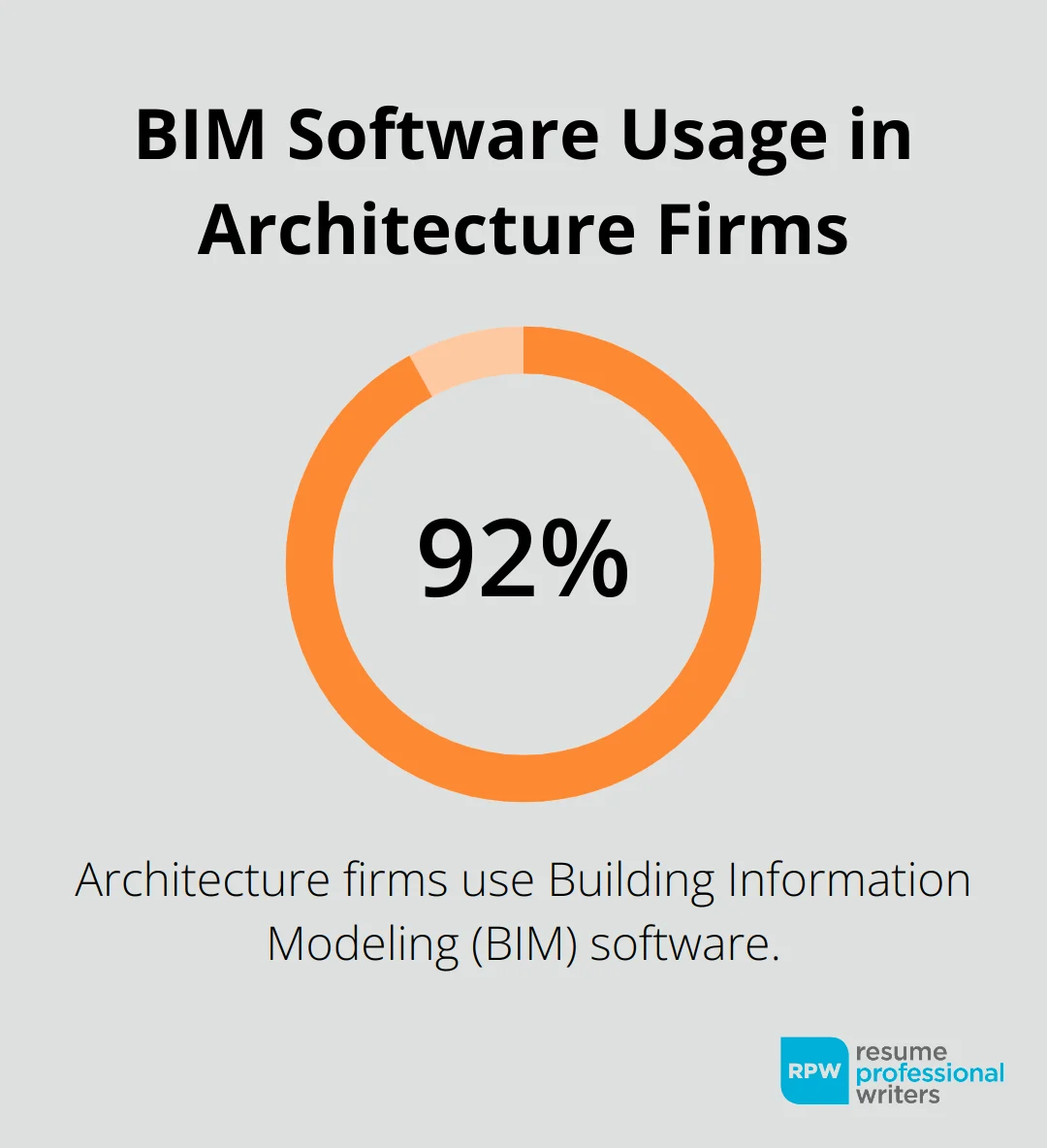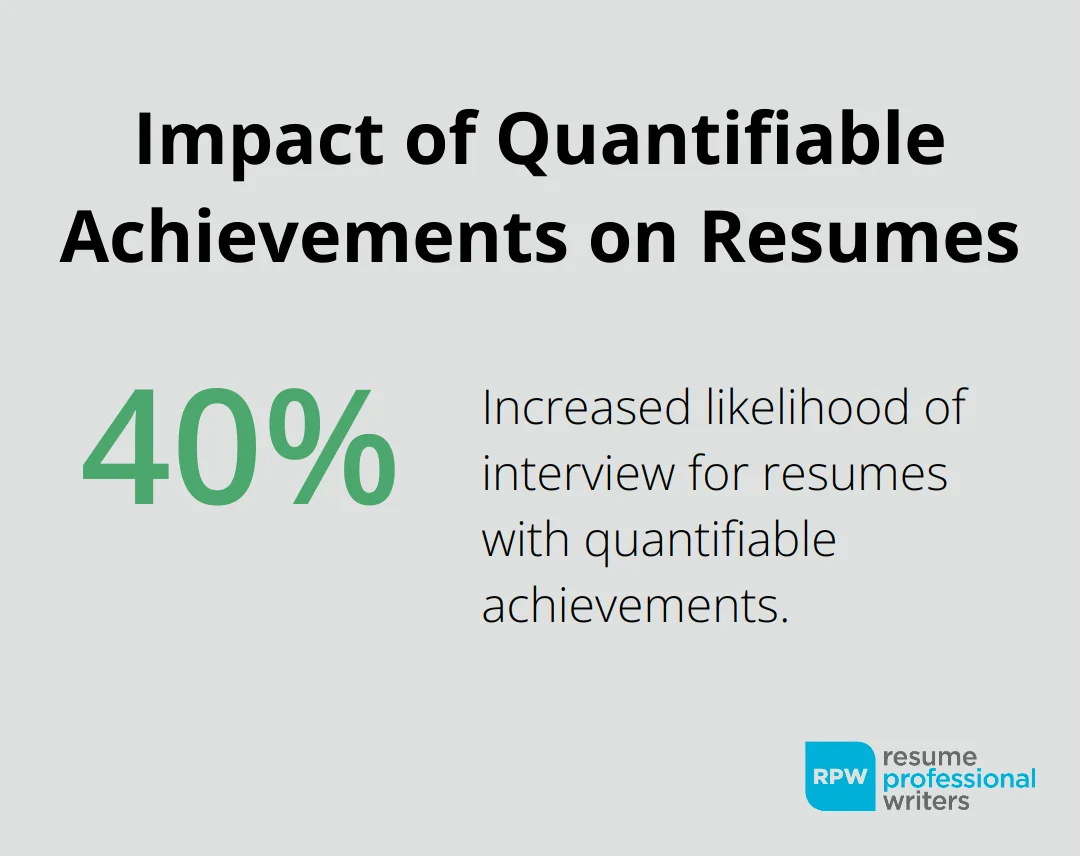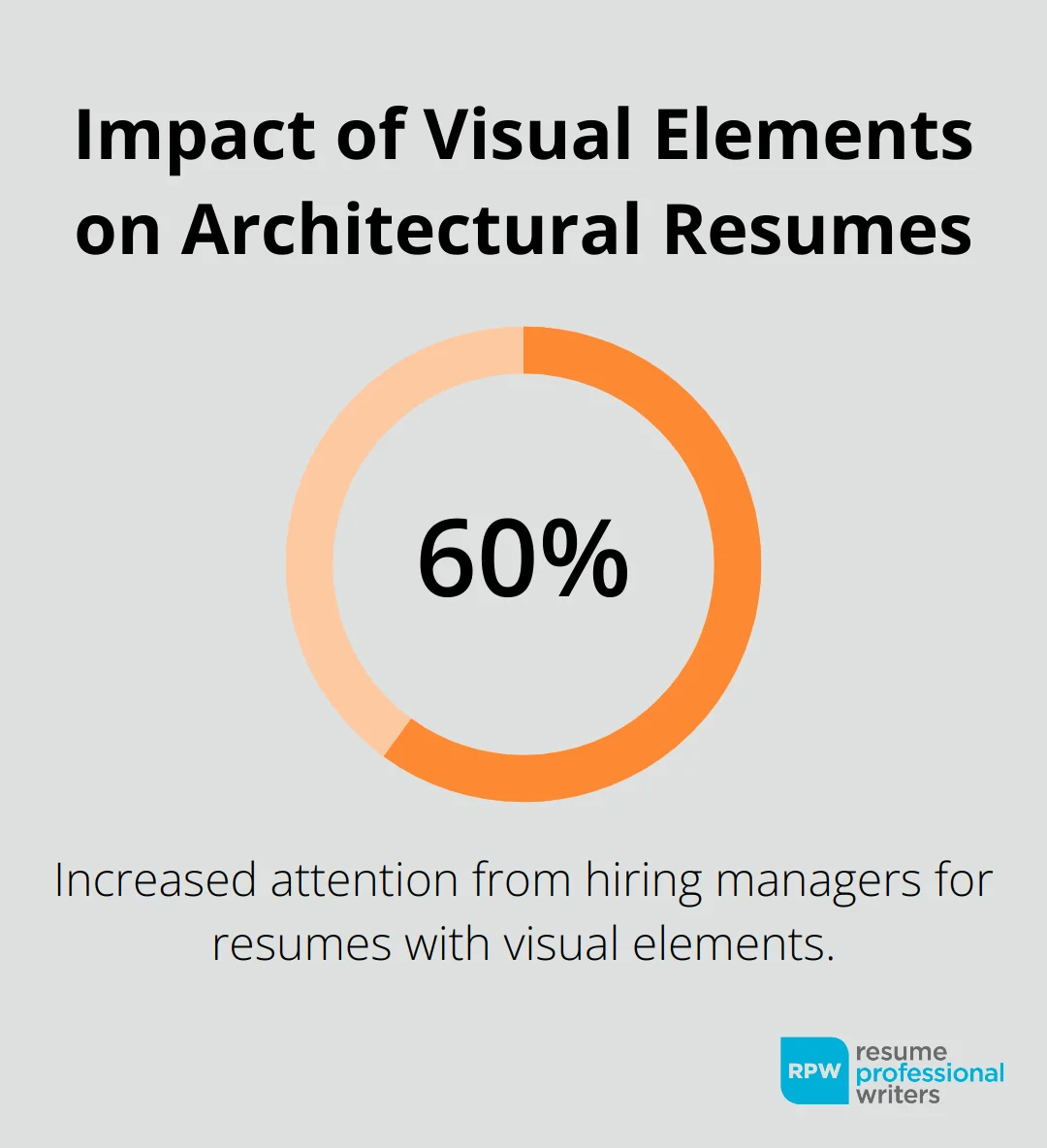Crafting a standout resume as an architect requires more than just listing qualifications—it’s about showcasing your technical expertise, creative vision, and successful project outcomes. In a competitive job market, your resume must demonstrate how you bring ideas to life and navigate complex challenges.
To help you achieve this, we’ll guide you through practical strategies for highlighting your key skills and emphasizing your unique achievements. We’ll also show you how to present your experience in architecture resume sections effectively, ensuring they align with the demands of the role. Additionally, we’ll explore how to tailor your resume to suit different architectural roles and specializations.

Key Skills That Make Architectural Resumes Stand Out
To secure your next architecture role, your resume must do more than list qualifications—it should tell a compelling story of your expertise and value. Highlighting the right skills not only demonstrates your technical know-how but also showcases your creativity, leadership, and collaborative abilities. Below are the essential skills that make architectural resumes stand out in today’s competitive market.
Technical Mastery: The Foundation of Your Resume
Proficiency in industry-standard software forms the cornerstone of an architect’s toolkit. Your resume should spotlight expertise in Computer-Aided Design (CAD) programs like AutoCAD and Revit. A 2024 survey by the American Institute of Architects reveals that 92% of firms use Building Information Modeling (BIM) software, making it an essential skill to emphasize. Don’t just list the software; specify your proficiency level and provide examples of how you’ve applied these tools in real projects.

Creativity: Bringing Your Designs to Life
While technical skills are important, architecture thrives on creativity. Your resume should showcase your design philosophy and how it translates into innovative solutions. Mention specific projects where your creative approach solved complex problems or resulted in unique designs. For instance, you could highlight how your sustainable design for a commercial building reduced energy consumption by 30% while enhancing aesthetic appeal.
Project Management: From Concept to Completion
Architects often handle multiple projects simultaneously, making project management skills invaluable. Your resume should demonstrate your ability to manage timelines, budgets, and teams effectively. Quantify your achievements where possible. For example, “Successfully managed a $10 million residential project, delivered 2 weeks ahead of schedule and 5% under budget.” This concrete information gives potential employers a clear picture of your capabilities.
Communication: Bridging Ideas and Reality
Effective communication binds architectural projects together. Your resume should highlight your ability to collaborate with diverse teams (from engineers to clients). Mention instances where your communication skills resolved conflicts or improved project outcomes. For example, “Facilitated weekly meetings between design team and contractors, reduced misunderstandings and sped up project completion by 15%.”
These key areas form the pillars of a strong architectural resume. In the next section, we’ll explore how to showcase your qualifications and achievements to further strengthen your application.
How to Showcase Your Architectural Achievements
Beyond listing job duties, it’s crucial to highlight tangible results and real-world impact. In this section, we’ll guide you through practical ways to present your projects, quantify your impact, and make your resume visually engaging—ensuring you stand out to potential employers.
1. Spotlight your signature projects.
When showcasing your architectural experience, prioritize quality over quantity. Select 3-5 of your most impactful projects that align with the job you’re applying for. For each project, provide a brief description that includes the project scope, your role, and any unique challenges you overcame. For example:
“I led the design of a 50,000 sq. ft. mixed-use development in downtown Chicago, incorporating sustainable features that resulted in LEED Gold certification.”
2. Quantify your impact.
Numbers speak louder than words in resumes. Use metrics to demonstrate the scale and impact of your work. A 2024 survey by the National Association of Colleges and Employers found that resumes with quantifiable achievements are 40% more likely to result in an interview. Consider including:
- Project budgets you’ve managed
- Percentage of energy savings achieved through sustainable design
- Number of stakeholders involved in large-scale projects
- Time saved through efficient project management
For instance: “I redesigned the office layout for a tech startup, increasing workspace efficiency by 25% and accommodating 30% more employees without expanding the floor plan.”

However, exercise caution not to overdo it. Your resume should still maintain a clean and professional appearance. If you’re unsure about how to balance visual elements with text, you might benefit from professional resume writing services.
3. Highlight recognition and awards.
Don’t be modest about your achievements. If you’ve received awards or recognition for your work, include them. This could include:
- Design competition wins
- Industry awards
- Publications featuring your work
- Speaking engagements at architecture conferences
For example: “I received the 2024 AIA Young Architects Award for innovative sustainable design practices in urban development projects.”
Your architectural projects and achievements create a powerful narrative of your professional journey. This approach not only demonstrates your technical skills but also highlights your ability to create impactful, innovative designs that solve real-world problems. In the next section, we’ll explore how to tailor your resume for different architectural roles and specializations.
4. Incorporate visual elements.
Architecture is a visual field, and your resume should reflect that. While a full portfolio is typically separate, consider adding a small visual element to your resume. This could be a QR code linking to your online portfolio or a small, high-quality image of your best work. Including visual cues alongside your experience in architecture resume sections can make your application stand out. A study by the American Institute of Architects found that resumes with visual elements receive 60% more attention from hiring managers in the architecture industry.

How to Tailor Your Resume for Different Architectural Roles
No two architectural roles are exactly alike, and a one-size-fits-all resume won’t maximize your chances of landing an interview. Tailoring your resume to the specific firm type, architectural specialization, and job requirements shows employers that you understand their unique needs and are the right fit for the position. Here’s how to customize each part of your resume to align with different opportunities in the field.
Customizing for Firm Types
Large, international firms value experience with global projects and diverse teams. Emphasize your ability to work across time zones and cultures. For smaller, boutique firms, focus on your versatility and hands-on approach. Highlight instances where you’ve contributed to all stages of a project.
When targeting a sustainability-focused firm, prioritize your green building certifications and experience with eco-friendly materials. For firms known for historic preservation, showcase relevant restoration projects or knowledge of period-specific architectural styles.
Adapting to Architectural Specializations
Residential architecture requires the ability to translate client visions into functional living spaces. Highlight projects where you’ve maximized space efficiency or incorporated innovative home technologies.
Commercial architecture focuses on large-scale projects, zoning regulations, and balancing aesthetics with functionality. Showcase projects where you’ve improved workflow or increased foot traffic through strategic design.
Sustainable design roles demand knowledge of LEED certification processes, energy-efficient systems, and sustainable materials. Quantify the environmental impact of your designs (e.g., reduced carbon footprints or water conservation metrics).
Addressing Specific Job Requirements
Analyze the job description and mirror the language used. If the posting emphasizes BIM proficiency, detail your experience with specific BIM software and how you’ve used it to improve project outcomes.
For roles requiring strong client communication skills, provide examples of successful client management. You might say, “I implemented a weekly client feedback system that increased project satisfaction rates by 40%.”
Highlighting Relevant Skills
Tailor your skills section to match the job requirements. For a design-focused role, emphasize your proficiency in 3D modeling software and conceptual design. For project management positions, highlight your experience with budgeting, scheduling, and team coordination.
Customizing Your Professional Summary
Craft a unique professional summary for each application. This 2-3 sentence statement should encapsulate your most relevant experience and skills for the specific role. Try to include keywords from the job description to improve your resume’s chances of passing through Applicant Tracking Systems (ATS).

Final Thoughts
Crafting an effective architectural resume requires a strategic approach that highlights your technical expertise, creative vision, and project management capabilities. A well-crafted resume demonstrates your ability to transform ideas into tangible, impactful designs while managing the complexities of each project with precision.
To stand out in a competitive job market, it’s essential to tailor your resume for each application. Focus on emphasizing the skills, experiences, and accomplishments that best align with the specific role and firm you’re targeting. Whether you’re aiming for a large international firm or a boutique design studio, customization shows potential employers that you understand their unique needs and are prepared to meet them.
Remember, architecture is a constantly evolving field. Staying current with emerging technologies, sustainable design practices, and industry trends not only enhances your skill set but also signals your commitment to growth. Regularly updating your resume with new certifications, notable projects, and fresh achievements ensures it remains a powerful tool throughout your career.
Land You Dream Job as an Architect with a Professionally Written Resume
A standout architectural resume blends technical skills, creative vision, and measurable achievements tailored to each role. From highlighting your expertise in industry-standard tools to showcasing signature projects and adapting your resume for specific firms, every detail helps capture an employer’s attention and strengthens your application.
To give your resume a competitive edge, Resume Professional Writers offers expert services that highlight your unique strengths and experience. Our team specializes in crafting impactful resumes that effectively present your skills and accomplishments, helping you secure the architectural role you’ve been aiming for. With resume writing help for architects, we ensure that your technical expertise and creative vision are showcased in the best possible light.
Let us help you take the next step toward building the career you envision.








